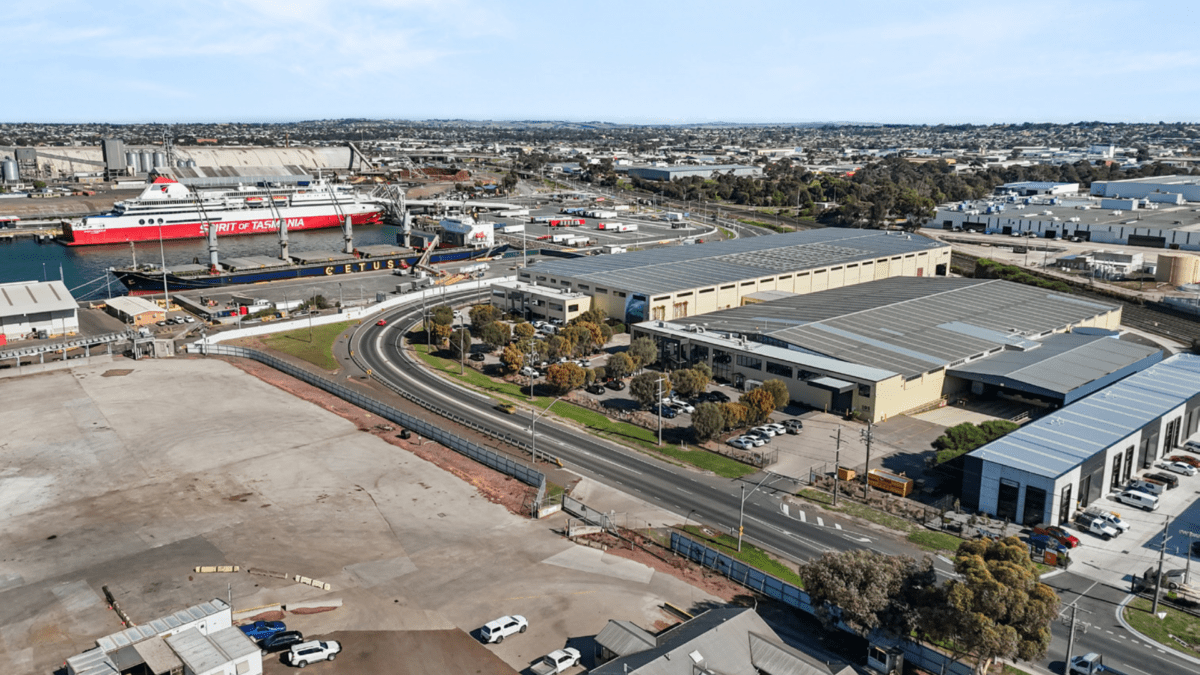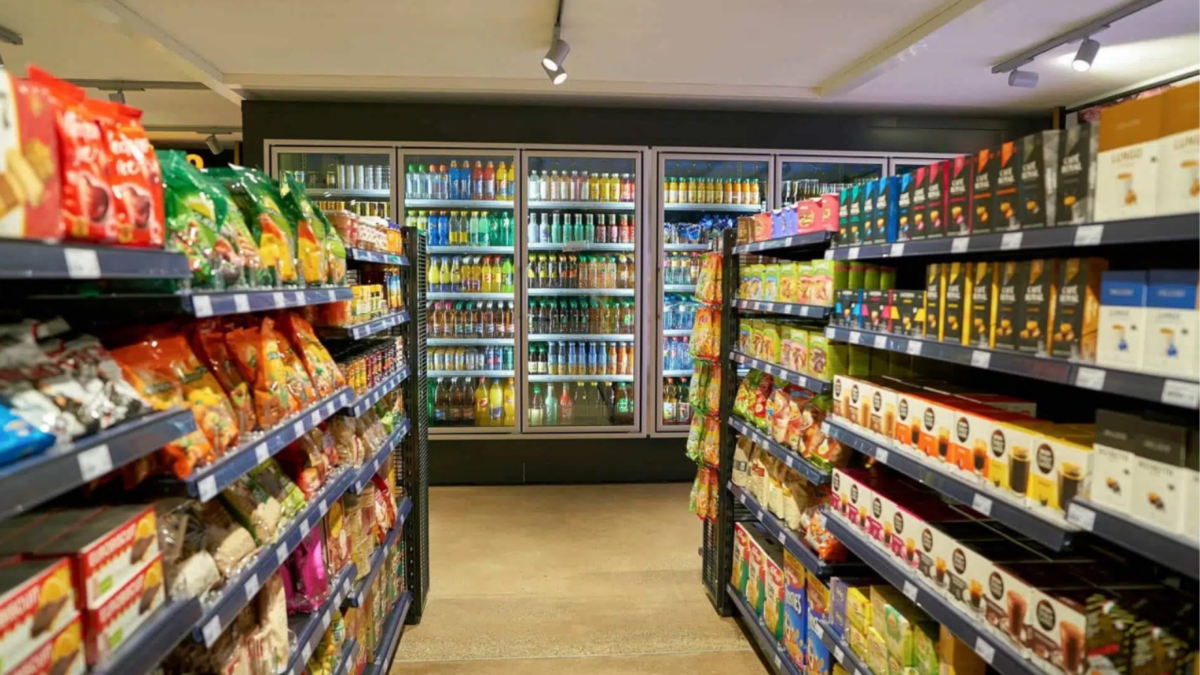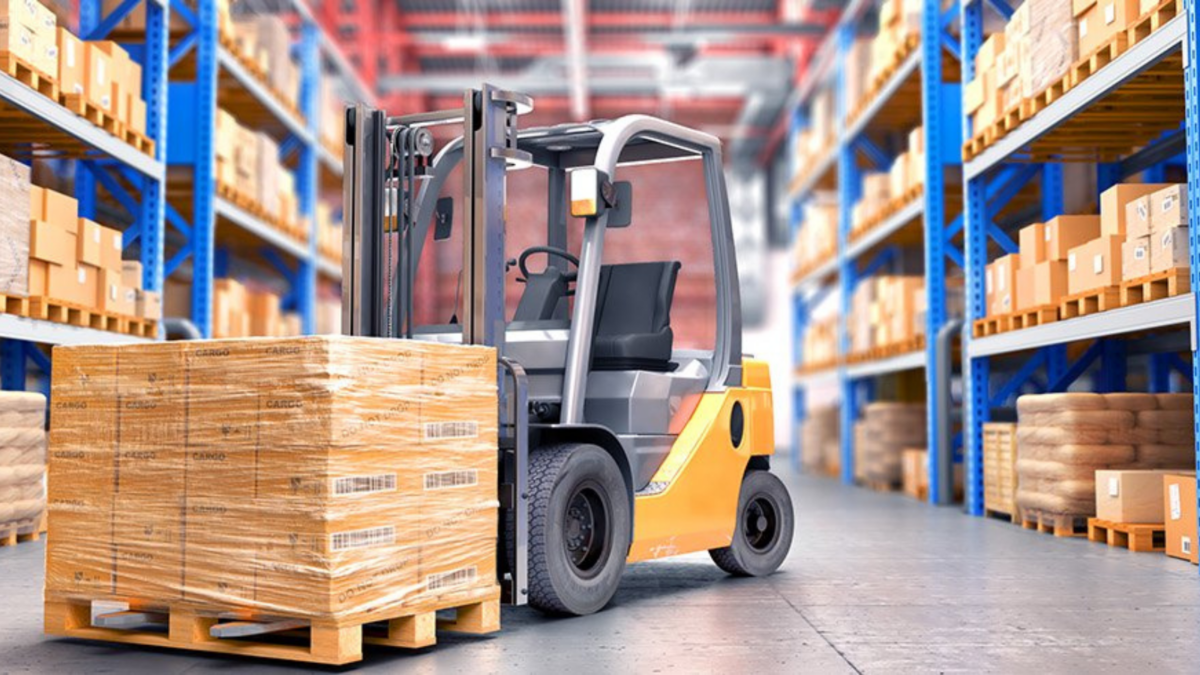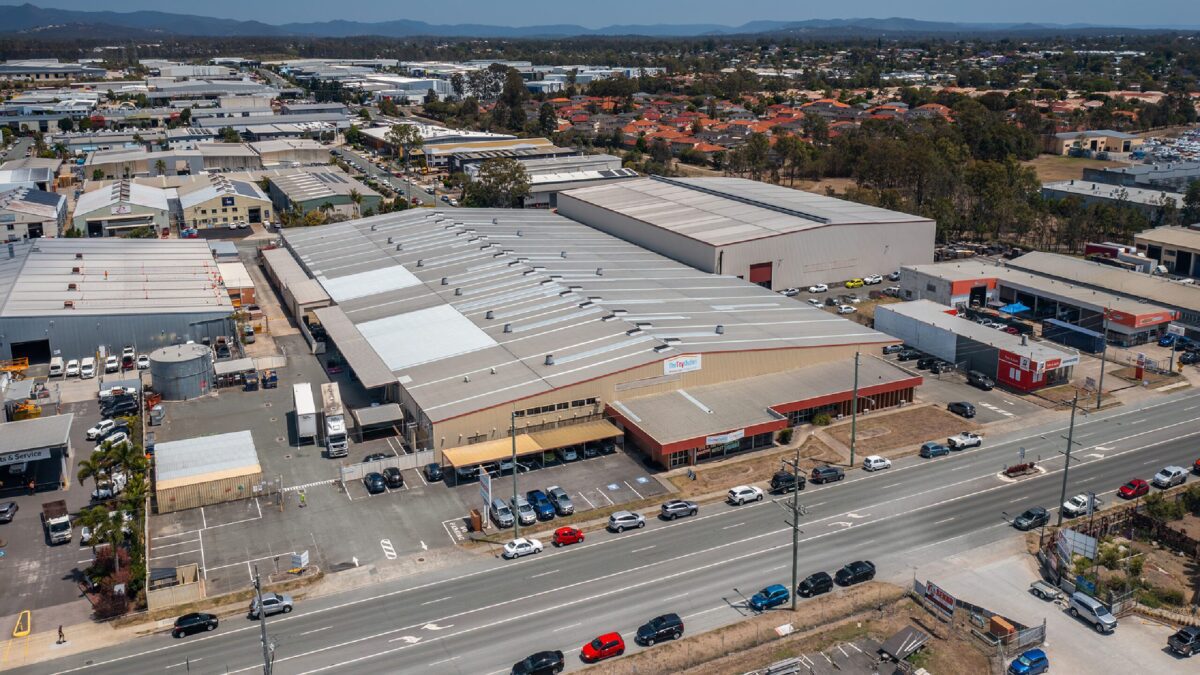Industrial property ‘attractive’ income, capital growth option
Key economic themes represent tailwinds for industrial property, making this sector of the commercial property market an attractive investment opportunity for retirees wanting income and capital growth.
It’s no longer the rough diamond of commercial property, as Trilogy fund manager Laurence Parisi explains to The Golden Times, with the well-founded expectation being that Australian industrial property will continue growing apace over the next decade.
“Research by the global property services and investment firm CBRE shows this market is now worth nearly $300 billion and is expected to surge to $410 billion over the next decade to become the biggest commercial property sector.
“This $400 billion figure is important to note because this sector has enjoyed a resurgence post COVID with rents growing strongly since 2021, experiencing double digit year-on-year growth to peak above 25 per cent in 2023. While year-on-year rent growth is moderating from this unsustainable peak, it’s still at strong levels.”
Parisi says the growth in recent years in industrial rentals might invite investor caution, but Trilogy remains firmly of the view that the fundamentals underpinning this sector illustrate why the CBRE $400 billion prediction is justified.
“Despite new supply – more than 3.2 million square metres in 2023 – coming on to the market, it’s still failing to outstrip demand, with Colliers Research saying this has been the case for nine out of the past 10 years. And increasing supply is running into the headwinds of skilled labour shortages and higher costs for construction materials that have driven a surge in construction costs over the past few years.
“For industrial property, a vacancy rate of four per cent is considered the market equilibrium. Below this number, asset owners hold sway, and that’s been the case since 2020, with the current rate still below two per cent.”
Parisi notes several macro tailwinds will also work to the advantage of industrial property, notably population growth, the e-commerce boom, supply chain dynamics, government infrastructure spending and higher construction costs increasing the replacement cost of this property sector.
“It’s estimated that for every person added to the population an additional four-square metres of warehouse space are needed. Based on this number and the Centre for Population Projections’ prediction of an extra 3.8 million people by 2033, then the demand for warehouse space will increase by more than 15 million square metres over this period.
“Compounding this effect will be the ongoing e-commerce boom. The trend towards online retail sales was solid before COVID, with the pandemic simply accentuating this phenomenon. Yet with only 12 per cent of retail sales online, Australia still lags much of the world.”
Parisi adds that the disruption to supply chains due to COVID has forced businesses to rethink their management of inventory, and this has required additional industrial space.
“Since the pandemic, other supply chain factors have come into play such as military conflict in traditional freight zones, a crowded Panama Canal, weather events, increasing energy costs, protectionism and rising insurance costs.
“Remember, too, that Infrastructure Partnerships Australia estimates that $256 billion in government spending has been allocated to infrastructure over the four years to 2026-27, inevitably increasing the total industrial property requirement in the economy.”
Parisi says two other factors need to be considered. First, industrial property enjoys favourable lease terms because thepremises must facilitate a business’s unique mix of operations.
“For these reasons, industrial tenants tend to relocate less often than tenants in other sectors – better known as tenant stickiness. As a result, industrial leases tend to be long-term – often 10 years with multiple renewal options.
“Second, market-linked rental terms are the sector norm. The advantage that this creates is that it allows rents to keep pace with inflation in a high-inflation environment, while also protecting downside risk in a low-inflation environment. Furthermore, industrial leases are typically net leases, meaning outgoings and expenses relating to the property are typically covered by tenants,” he says.









